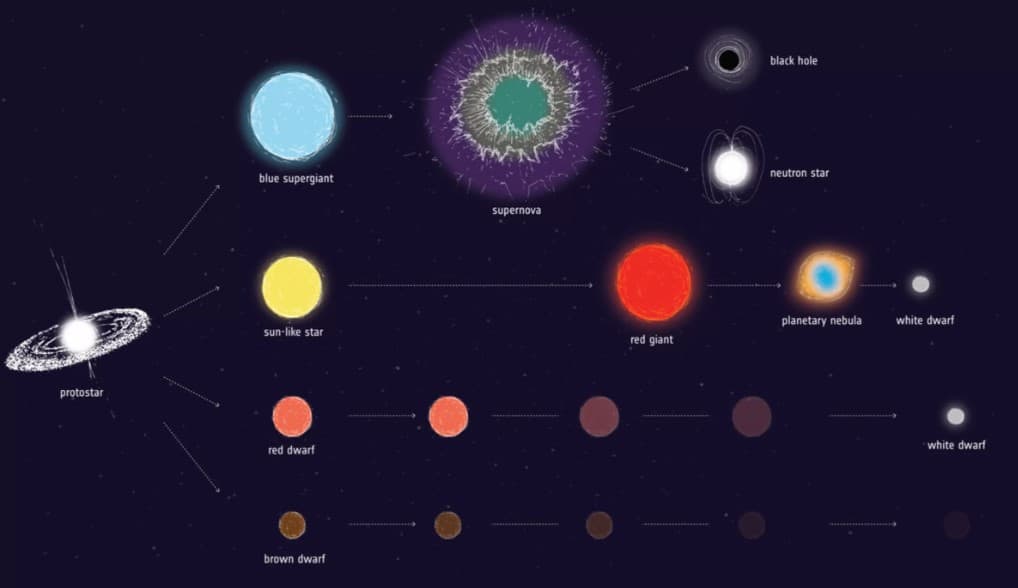
Unusual laser emissions beaming from the Ant Nebula suggest that it is home to a hidden double-star system and that one of the companion stars is nearing the end of its life.
When stars similar to our sun start to die, they become dense white dwarf stars and then expel their outer layers to form an interstellar cloud of gas and dust known as a planetary nebula. Any lingering gas close to the center would soon fall back onto the star, leaving the surrounding area empty. However, that is not what has been observed around the Ant Nebula, according to a statement from the European Space Agency (ESA).
Using ESA’s Herschel Space Observatory, astronomers observed a rare type of laser emission from the Ant Nebula, also known as Menzel 3, located between 3,000 and 6,000 light-years from Earth. Such emissions require very dense gas close to the star, according to the statement.
Unusual laser emissions beaming from the Ant Nebula suggest that it is home to a hidden double-star system and that one of the companion stars is nearing the end of its life.
When stars similar to our sun start to die, they become dense white dwarf stars and then expel their outer layers to form an interstellar cloud of gas and dust known as a planetary nebula. Any lingering gas close to the center would soon fall back onto the star, leaving the surrounding area empty. However, that is not what has been observed around the Ant Nebula, according to a statement from the European Space Agency (ESA).
Using ESA’s Herschel Space Observatory, astronomers observed a rare type of laser emission from the Ant Nebula, also known as Menzel 3, located between 3,000 and 6,000 light-years from Earth. Such emissions require very dense gas close to the star, according to the statement.
“When we observe Menzel 3, we see an amazingly intricate structure made up of ionized gas, but we cannot see the object in its center producing this pattern,” Isabel Aleman, lead author of a new study detailing the observations and a researcher at the University of Sao Paulo, in Brazil, and the Leiden Observatory, in the Netherlands, said in the statement. “Thanks to the sensitivity and wide wavelength range of the Herschel observatory, we detected a very rare type of emission called hydrogen recombination line laser emission, which provided a way to reveal the nebula’s structure and physical conditions.”

Specifically, the new observations show that the density of the laser-emitting gas surrounding the Ant Nebula is 10,000 times higher than that of the gas seen in typical planetary nebulas. This finding suggests that the Ant Nebula is actually home to two stars, since a companion star would help capture the dense gas ejected from the dying white dwarf star, according to the statement.
“The only way to keep gas close to the star is if it is orbiting around it in a disc,” study co-author Albert Zijlstra, an astrophysicist at The University of Manchester in the U.K., said in the statement. “In this case, we have actually observed a dense disc in the very center that is seen approximately edge-on. This orientation helps to amplify the laser signal. The disc suggests the white dwarf has a binary companion, because it is hard to get the ejected gas to go into orbit unless a companion star deflects it in the right direction.”
Although the researchers have not yet directly detected the companion star, their observations and models support the presence of a pair of stars, and mass from the dying companion star may be ejected and then captured by the nebula’s central white dwarf, helping to create the disk, according to the statement.
“We used Herschel to characterize various components of gas and dust in nebula[s] around old stars, but we were not necessarily looking for a laser phenomenon,” co-author Toshiya Ueta, principal investigator of the Herschel Planetary Nebula Survey project, said in the statement. “Such emission has only been identified in a handful of objects before; this was a remarkable discovery that we did not anticipate. There is certainly more to stellar nebulae than meets the eye!”
Therefore, their findings, published May 16 in the journal Monthly Notices of the Royal Astronomical Society, will help astronomers refine current models of stellar evolution, the researchers said.
























